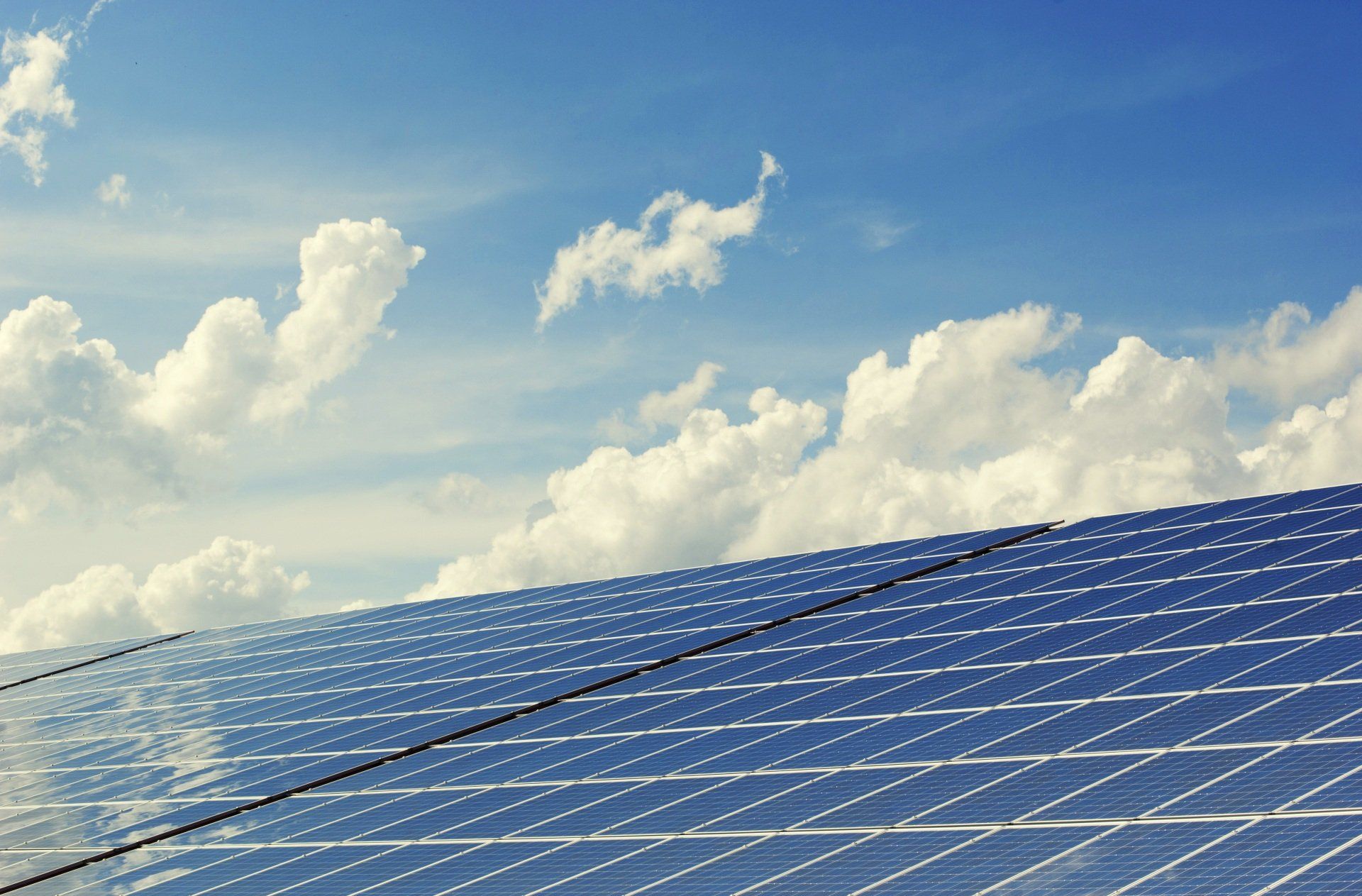Follow Us
10 Street Name, City Name
Country, Zip Code
555-555-5555
myemail@mailservice.com
Blog

18 May, 2021
Yes, solar panels do produce electricity in cloudy weather. They don’t produce as much electricity as they do on sunny days, but they have been shown to produce 25% of what they produce on a sunny day, or 10% when it’s very cloudy. You can still get sunburned even in cloudy weather, especially if your bald like me. Even thought clouds block direct sunlight, rays still penetrate the clouds and this is what burns us and also what we need to generate power with solar panels. To keep it simple solar panels only need daylight, not direct sunlight. So if you can see outside without artificial lights such as street lights, then there is enough natural light to be absorb by your solar panel. Cloudy weather can have far less of an impact on solar panel efficiency than many people think. The American cities of New York and Seattle, for example, are amongst the top US cities for solar panel savings. Similarly, Germany accounts for about 25% of the world’s solar power, while being simultaneously famous for its lack of sunlight. Nevertheless, it achieved its strongest growth output in about half a decade last year. So, how does that work for them with less-than-optimal weather? Basically, it’s because it’s the local cost of electricity, and not the amount of cloud cover, that influences the scale of the savings that people and businesses are able to make with solar panel installations. Interestingly, although they work better on sunny versus cloudy days, solar panels don't work best in particularly hot climates. In fact, solar panel output begins to fall if the temperature rises above 25 degrees Celsius. There’s even a phenomenon in which cloudy weather can actually lead to increased output of solar panels, compared to a bright and cloudless day. This is called the Edge of Cloud effect. Essentially, sunlight can get magnified through refraction, just when the sun is emerging from (or being hidden behind) a bank of clouds. This leads to a sudden burst of energy, which can lead to a temporary but dramatic increase in output. Either way, solar panels can generate in cloudy and clear days and are a great investment even here in the UK!

17 May, 2021
Since April 2021 landlords must make sure their rental properties have a valid Electrical Installation Condition Report (EICR) with any remedial works already carried out, and copies of this paperwork given to their tenants. An EICR verifies that your property is safe for your tenants, and should be done by a qualified electrician. EICRs are required as part of the Electrical Safety Standards in the Private Rental Sector (England) Regulations 2020, and were introduced as a legal requirement for all new tenancies and fixed term renewals commencing from 1st July 2020. However, all other tenancies need to have a valid EICR with a satisfactory rating by 1st April 2021, regardless of when the tenancy started. What is an EICR? An EICR assesses the safety of the existing electrical installation within a property and describes its condition. The assessment will cover consumer units (fuse boards), protective bonding, lighting, switches, sockets etc. The report will assess if the electrics meet current standards, specifically British Standard ‘BS 7671:2018’ which has been in effect since January 2019. What is my responsibility as a landlord? Landlords must obtain a valid EICR with a ‘satisfactory’ rating from a qualified electrician and this must be given to the prospective tenant before their tenancy agreement commences, or to existing tenants within 28 days of the electrical inspection. If a local authority requests an EICR report, it must be provided within seven calendar days. How long is an EICR valid for? If the condition of all of these is deemed ‘satisfactory’, the report is valid for five years and can therefore be used for future tenancies for the next five years. What is the difference between a PAT and EICR? A Portable Appliance Test (PAT) documents safety testing of only portable electrical appliances e.g. fridge/freezer, washing machine, toaster. An EICR assesses all the fixed electrical fittings and installation. Why do I need an EICR on a renewal? Under the regulations a renewal is treated as a new tenancy, so any renewals commencing from 1st July 2020 must also comply with the new regulations. What if my EICR comes back with a rating of ‘unsatisfactory’? Where a report rates the electrics as ‘unsatisfactory’, the regulations require the landlord to undertake further investigative or remedial work by a qualified person within 28 days, or sooner if specified in the report. What happens if I do not comply with these regulations? Failure to comply with these regulations can result in financial penalties of up to £30,000 by the local authority. Local authorities can also arrange remedial action if repairs and improvements recommended in the reports are not made. After receiving a notice of remedial action, landlords will have 28 days to have the work undertaken, unless it is an urgent notice. A shorter timeframe may be given in this case. If you require an EICR report for your property or multiple properties please get in touch today 0800 001 6724

20 Feb, 2021
Most recently, the average electricity bill in the UK was around £600 per year. But there's quite a bit of variation around the UK, due to differences in household energy consumption and the price paid per kWh for electricity in different regions . According to the Department for Business, Energy & Industrial Strategy, UK electricity prices per kwh were 17.2 p/kWh in 2020—but the average kwh cost UK ranged from 16.7 p/kWh in Yorkshire to 18.4 p/kWh in Merseyside & North Wales. Do you feel like energy prices have been rising? If so, you're right! Average unit costs have risen a remarkable 48.2% from 2010 to 2019. This historical average unit cost data is based on consumption of 3,800kWh/year as produced by the Department for Business, Energy & Industrial Strategy. In fact 2021 has been a bumper year for energy price increases hitting an incredible 12% rise! If we apply the same logic and expect a similar increase of 48% over the next ten years by 2030 we will be paying on average 27.9 p/kWh! The average home consumes 3800 kWh per year. This will increase the average energy bill from around £650 per year to over £1000 per year. Installing solar panels can seem like a large initial outlay. However, if you pair them with a battery storage system you can virtually eliminate any need for electricity from the grid taking your bills to near £0! With the annual increase in energy prices you will be protecting yourself from these hikes, not to mention you can sell any excess power back to the grid. It’s about time the energy companies paid us! Call us today for a FREE Solar PV design! 21/02/2021
Expert Energy Group Limited is a Registered company in England and Wales. CO2 Zero & Expert Solar are trading styles of Expert Energy Group Limited.
Company No: 13349877
VAT No: 383 7414 76